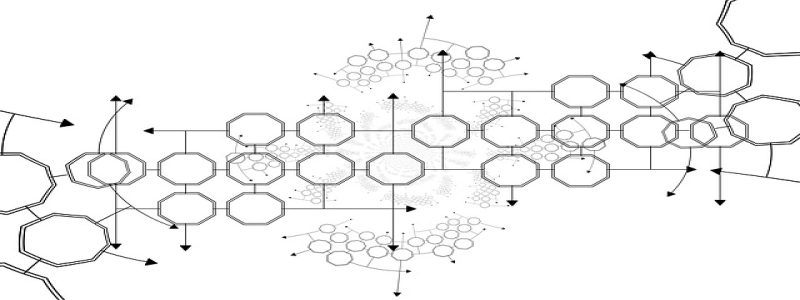QSFP Adapter
=================
Introduktion
—————–
A QSFP adapter, also known as a Quad Small Form-factor Pluggable adapter, is a device that allows for the conversion of one QSFP interface type to another. It is commonly used in high-speed data transmission applications, such as in data centers, telecommunications networks, and cloud computing environments. This article will provide a detailed explanation of the QSFP adapter and its various uses.
Types of QSFP Adapters
————————
There are several types of QSFP adapters available in the market, each designed to meet specific requirements. The most common types include:
1. QSFP to QSFP+ Adapter: This adapter allows for the conversion between QSFP and QSFP+ interfaces, which have different data transfer rates. It enables seamless connectivity between devices with different interface types, ensuring compatibility and efficiency.
2. QSFP to SFP+ Adapter: This adapter is used to bridge the gap between QSFP and SFP+ interfaces, which are commonly found in high-speed Ethernet and Fibre Channel networks. It offers flexibility in interconnecting devices with different interface standards, enabling smooth data transmission.
3. QSFP to MPO/MTP Adapter: This adapter enables the conversion between QSFP and MPO/MTP interfaces, which are widely used in optical networking applications. It facilitates the connection between high-density fiber optic cables, allowing for efficient transmission of large amounts of data.
Benefits of Using QSFP Adapters
———————————-
The use of QSFP adapters offers several advantages in high-speed data transmission environments, including:
1. Flexibility: QSFP adapters allow for the seamless connection between different interface types, enabling compatibility and interoperability between devices. This flexibility simplifies network architecture and reduces the need for complex cabling.
2. Cost-Effectiveness: Rather than purchasing new equipment with matching interface types, QSFP adapters provide a cost-effective solution for adapting existing devices to compatible interfaces. This can result in significant cost savings for organizations.
3. Scalability: QSFP adapters can be easily deployed and scaled as per the evolving needs of the network infrastructure. They provide a scalable solution for future-proofing the network, allowing for easy integration of new devices and technologies.
4. Versatility: With a wide range of QSFP adapter types available, they can be used in various networking scenarios. Whether connecting switches, routers, servers, or storage devices, QSFP adapters offer versatility in adapting different interface standards.
Konklusion
————–
In conclusion, the QSFP adapter plays a crucial role in enabling seamless connectivity between devices with different QSFP interface types. It offers flexibility, cost-effectiveness, scalability, and versatility in high-speed data transmission environments. By utilizing QSFP adapters, organizations can optimize their network infrastructure, enhance compatibility, and ensure efficient data transmission.








